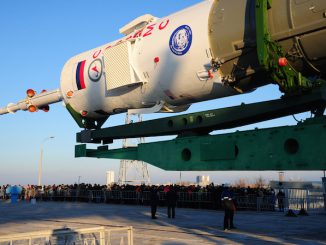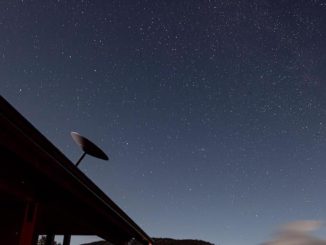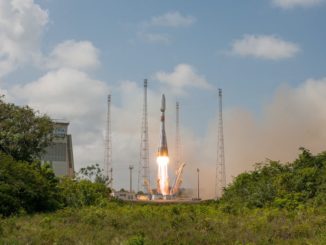STORY WRITTEN FOR CBS NEWS & USED WITH PERMISSION
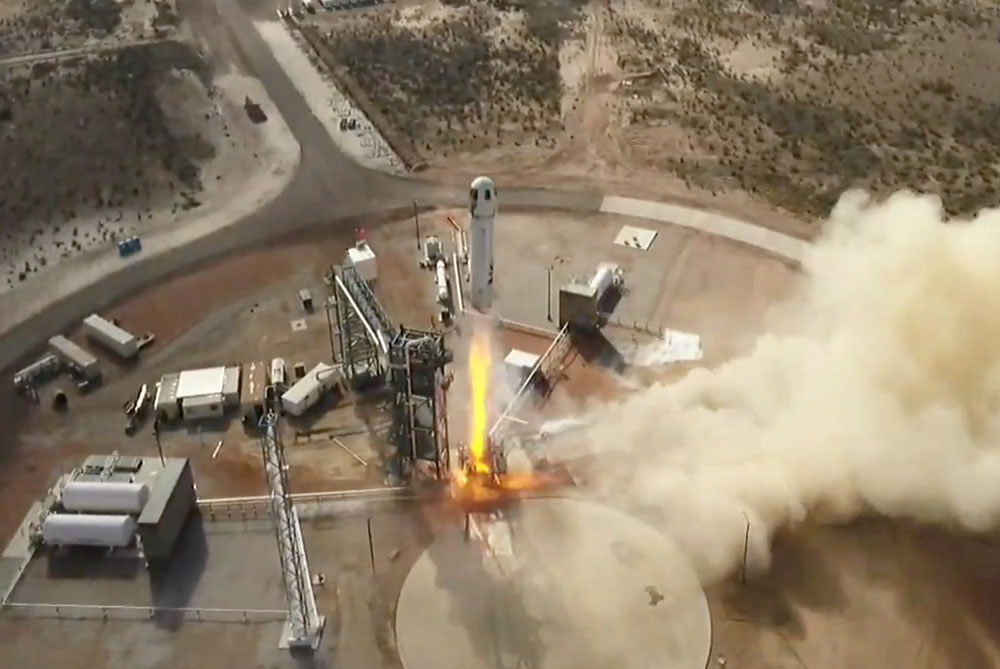
Jeff Bezos’ Blue Origin launched a reusable New Shepard rocket Wednesday, boosting an unpiloted capsule on a successful up-and-down flight to space in the 12th test of a spacecraft designed to carry “space tourists” and other commercial astronauts on brief forays above the atmosphere.
Running a day late because of bad weather — and delayed a few more hours by fog — the hydrogen-fueled New Shepard rocket lifted off from Blue Origin’s west Texas flight facility at 12:53 p.m. EST, accelerating into a partly sky atop a brilliant jet of fiery exhaust.
The stubby rocket’s BE-3 engine propelled the capsule to a velocity of 2,227 mph, releasing the New Shepard capsule two minutes and 45 seconds after launch to soar on its own to an altitude of about 343,061 feet, or 65 miles.
NASA, the Air Force and the Federal Aviation Administration consider 50 miles the “boundary” between the discernible atmosphere and space while the Fédération Aéronautique Internationale, an international governing body for aviation-related sports and records, puts the threshold at 100 kilometers, or 62 miles.
The New Shepard capsule was designed to exceed both of those standards. Arcing over and falling back to Earth, on-board experiments — and, eventually, people — will experience about five minutes of weightlessness before the capsule plunges back into the thick lower atmosphere, descending to a relatively gentle touchdown under three large parachutes.
Mission duration, from launch to landing, was 10 minutes and 16 seconds.
“As we move towards verifying New Shepard for human spaceflight we are continuing to mature the safety and reliability of the vehicle,” Blue Origin said in a news release.
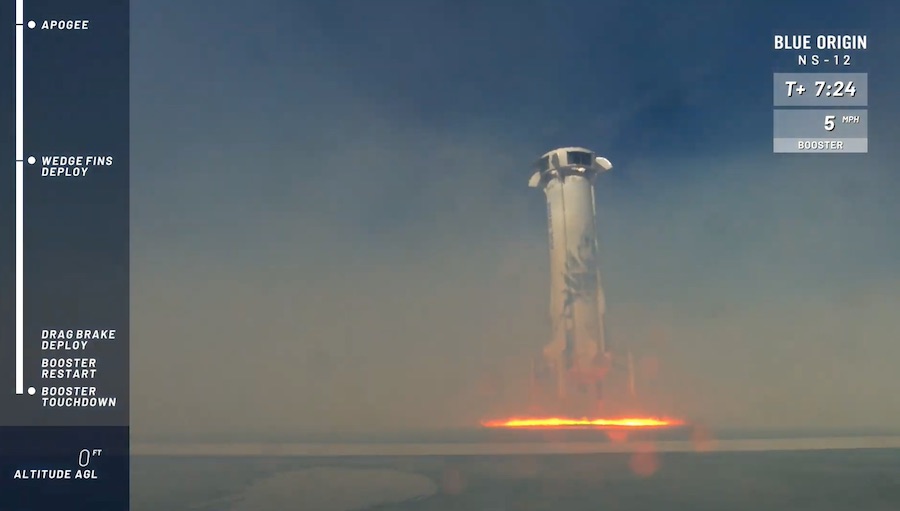
The booster for this week’s launch was making its sixth flight in a row. After releasing the New Shepard capsule, the booster, falling tail first back to Earth, deployed braking fins, restarted its engine and unfolded landing legs and settled to a pinpoint touchdown on a concrete pad near the launch gantry seven minutes and 25 seconds after liftoff.
For New Shepard’s 12th test flight, on-board payloads included a NASA experiment to test techniques for using gas mixtures from “common waste” on deep space missions to provide propulsion or life support. Another experiment, built by students at Columbia University, was designed to study the impacts of microgravity on cell biology. No other payload details were provided.
Also on board: two art projects by winners of a competition open to high school and middle school students and thousands of postcards submitted by young people around the world as part of Blue Origin’s “Club for the Future,” a non profit intended to help motivate students to pursue careers in science, technology, engineering and math.
This week’s flight was Blue Origin’s ninth carrying science payloads. But the goal of the program is to launch commercial passengers, either space tourists, researchers or both. The capsule can accommodate six passengers and features the largest windows ever put in a spacecraft to provide truly panoramic views of Earth and space.
But it is not yet known when the company will launch its first commercial astronauts, how much tickets might cost or whether Bezos plans to take a ride into space himself.
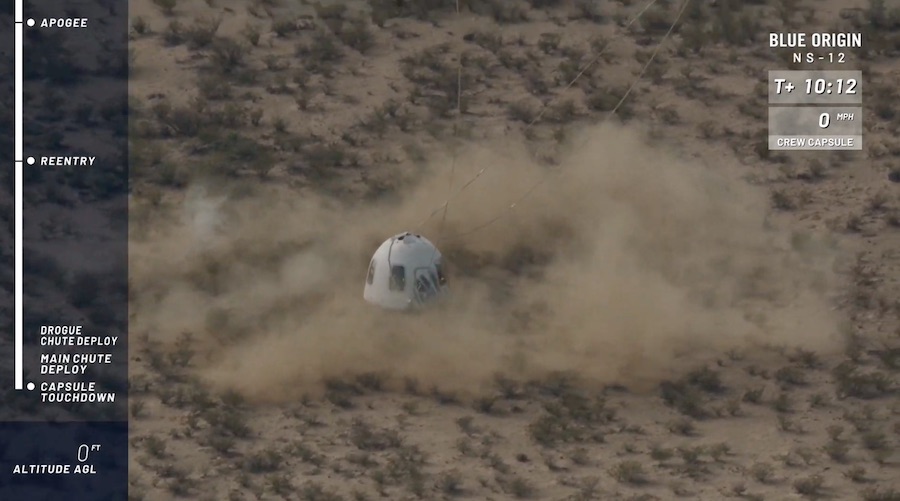
Virgin Galactic, a company founded by fellow billionaire Richard Branson, is developing a different type of sub-orbital spacecraft — a winged rocket plane — to carry science payloads and paying customers on up-and-down flights to the lower reaches of space.
Virgin Galactic has launched two sub-orbital test flights above 50 miles, the first with two test pilots on board and the second with two pilots and a company flight engineer. A date for the first commercial flight has not been announced, but Branson has said he plans to be aboard whenever it flies.
Bezos founded Blue Origin to develop both sub-orbital and larger orbit-class New Glenn rockets using a powerful new engine, the BE-4, to help boost satellites into orbit. The engines also will be used by United Launch Alliance’s upcoming Vulcan rocket, intended to replace workhorse Atlas and Delta boosters.
Blue Origin is building a huge rocket factory just outside the Kennedy Space Center in Florida to manufacture New Glenn boosters and is developing a launch pad at the nearby Cape Canaveral Air Force Station.
The company also is competing for a NASA contract to build a lunar lander for the agency’s Artemis moon program, partnering with aerospace heavyweights Lockheed Martin and Northrop Grumman.

